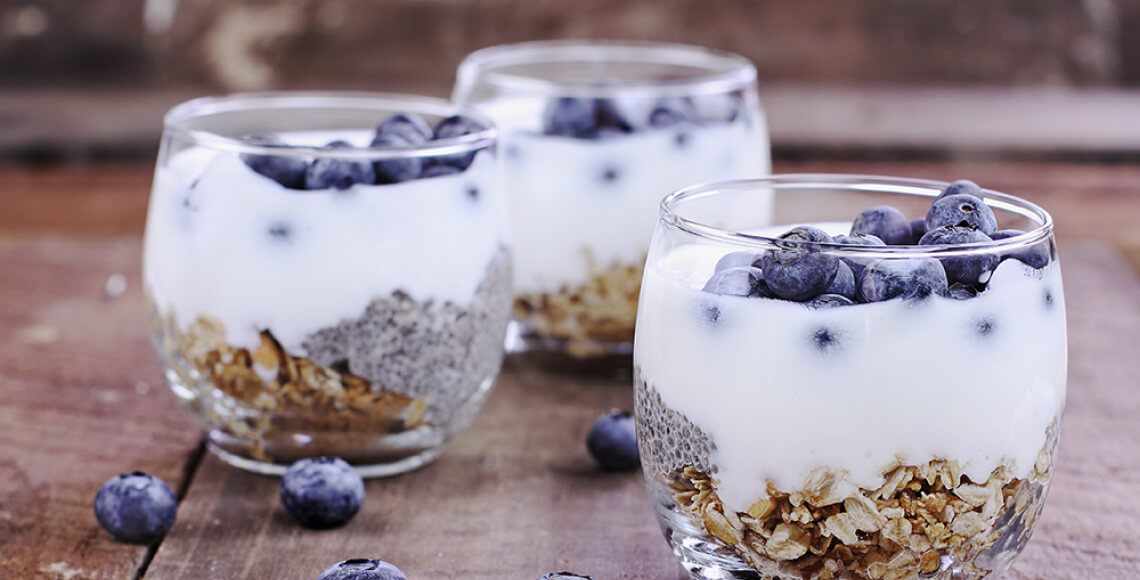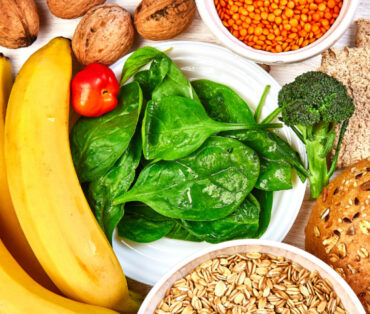5 Tips to Help You Tap the Power of Probiotics
You may have heard of probiotics in a news story, from a friend, or as you were reading the label of an unsuspecting food or beverage. But if you’re like a lot of consumers, you don’t fully understand what probiotics are or what they can do for your health. Quick refresher course: probiotics are live organisms—like the active cultures in yogurt—that, when you consume them, may offer health benefits and are therefore an important part of a healthy diet. We’ve long known the value of probiotic foods1 in maintaining a healthy digestive system, but ongoing research is avidly exploring associations between probiotics and weight loss2, diabetes prevention3, lower blood pressure4, improved immunity, even treatment for depression5. You’ll want to stay tuned for news as more studies are conducted, but in the meantime, here are the best dietary ways to tap into probiotics and nurture these beneficial bacteria.
1. Include yogurt and kefir in your healthy eating plan
Probiotics are found in fermented foods6 like sauerkraut, pickles, and kimchi, but yogurt and kefir (a fermented milk drink, similar to yogurt in flavor) are the richest sources. Be sure to check product labels for “Live and Active Cultures.” You may also find a list of the specific strains in that product.
2. Skip probiotic snack bars
Remember, probiotics are living organisms and many of them may not survive the heat of an oven. Be skeptical of snack bars that lure you with their probiotic claims; instead, go for a cup of yogurt as a healthy snack instead.
3. Don’t be fooled by frozen yogurt
Look for the words “Live and Active Cultures” on the container when you are purchasing a pint of frozen yogurt but know that frozen yogurt contains less than the refrigerated kind. Yogurt cultures can withstand cold much better than heat; cultures go into a dormant state when they freeze and can come back to life when they warm up. But frozen yogurt contains fewer live cultures to start. The National Yogurt Association7, which offers a labeling program for regular and frozen yogurts, sets standards of 100 million cultures per gram at the time of manufacture for yogurt and only 10 million for frozen yogurt. So, the best part of a healthy eating plan is yogurt that is fresh, not frozen.
4. Pay attention to expiration dates
The longer yogurt and kefir sit in your refrigerator, the weaker the probiotic cultures become. To get optimum benefits as part of your weight loss eating plan, enjoy these foods shortly after purchasing them, and before the expiration date.
5. Feed prebiotics to your probiotics
Put simply, prebiotics8 are food for probiotics. By eating foods high in prebiotics—fiber-rich foods such as whole grains, bananas, onions, garlic, beans, asparagus, and artichokes–you help the good bacteria in your gut to flourish. These foods are packed with vitamins and minerals too, so you’ll want to include them in your healthy diet.
By tapping into the power of probiotics now, you just might be ahead of the game as researchers continue to learn how the good bacteria in your gut can benefit your health. Whether you are following a weight loss eating plan to support your full body workout at Curves or just trying to boost your nutrition, you’ll get health benefits from adding probiotics to your diet. At the very least, you’ll enjoy plenty of tasty, low-calorie, good-for-you foods.
References








